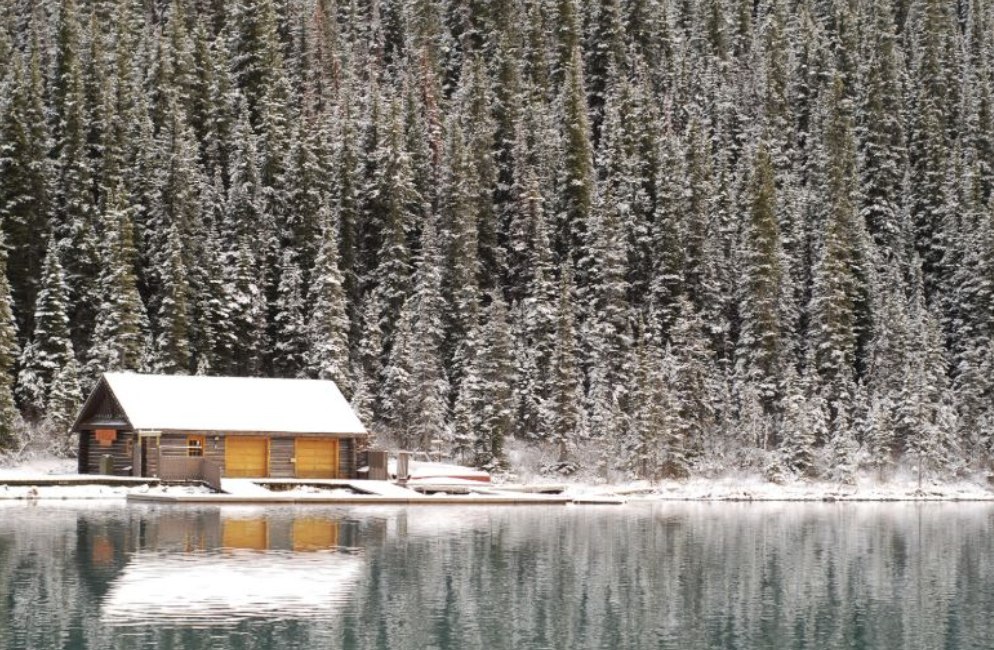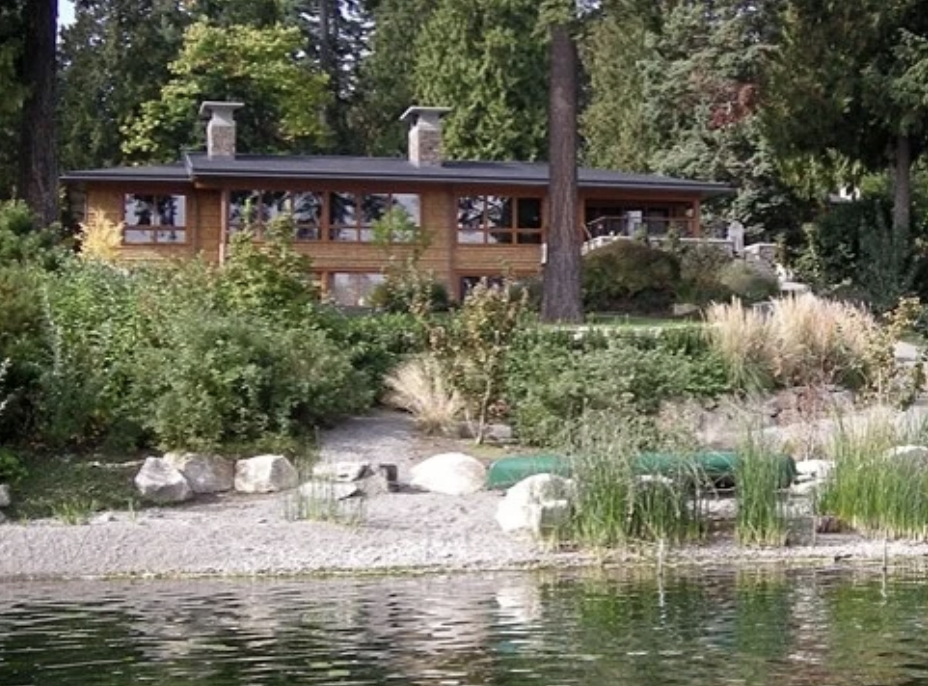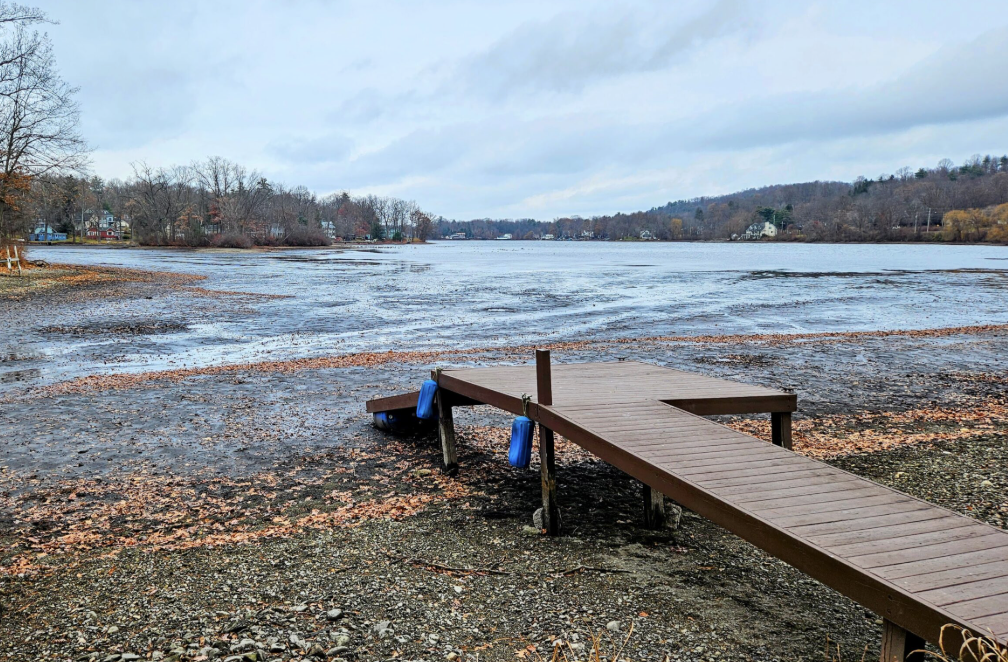
Buying a lakefront home in winter can be a smart move. Inventory is often quieter, sellers may be more open to negotiation, and cold weather conditions reveal truths that midsummer gloss can hide. Snow on the roof, frozen shorelines, and low winter sun give you an honest look at how the property performs during the toughest season of the year. Here is how to make winter work in your favor.
Start with your lifestyle, then the lake
The best lake is the one that fits how you plan to live. Winter creates a natural filter. Decide whether you want year round plowed access, whether you plan to ice fish or simply enjoy quiet views, and whether you want neighbors nearby in winter or desire full solitude. Once your lifestyle is clear, shortlist lakes that support it.
Winter advantages you can use
Less competition. Many buyers pause their search around the holidays and deep winter, which reduces pressure and bidding frenzies. Motivated sellers. Owners who list in winter often have a reason to sell and are more receptive to fair terms and closing flexibility. Honest property conditions. Winter exposes insulation gaps, drafts, ice dams, driveway pitch, and roof performance in a way that warm seasons cannot.

Tour like a pro when the lake is quiet
Arrive early and walk the approach. Evaluate the drive for slope and plow turnaround space. Note sun exposure because north facing drives can stay icy for weeks. Inspect the roof and eaves for icicles that may indicate heat loss or poor ventilation.
At the shoreline, observe grade, rock composition, and existing access paths. If deep snow blocks the path, ask for dated summer photos, a site plan, or documentation that shows the shoreline when visible. If safe, assess how the shoreline meets the water. Look for erosion, retaining walls, natural buffers, and soil type. These features impact maintenance, swimming quality, and long term stability.
Understand your shoreline, aquatic vegetation, lake levels, and seasonal water behavior
Winter gives you a unique chance to evaluate shoreline and lake conditions with clarity. Even with ice and snow, you can gather accurate information by combining winter observations with key questions.
Shoreline structure
Examine any visible rock walls, timber walls, or natural banks. If buried in snow, ask the seller for recent summer photos showing condition and height. Look for signs of past erosion such as exposed roots or uneven soil. Ask if the shoreline is stable during spring melt or heavy rain. Lakes with strong wind fetch create more wave action, so confirm whether the north, south, or west exposure on your lot is known for storm driven waves.

Aquatic vegetation
Winter makes it more difficult to see weeds, but you can still get clear answers. Ask the seller or the lake association for the species commonly found along that shoreline. Request summer photos that show weed density around the dock and swimming area. Obtain copies of recent vegetation surveys or management plans. Some lakes have healthy natural vegetation that benefits water quality, while others struggle with invasive species like milfoil. Understanding the type and density of vegetation helps you predict swimming conditions, boat clearance, and long term maintenance needs.
Water level history and winter drawdowns
Many lakes lower water levels in fall to protect dams or manage spring flooding. Winter drawdowns expose the lakebed and reveal slope, bottom composition, and depth changes. If the water is lowered, look at how far the shoreline recedes. This helps you understand how shallow the area becomes at the height of summer droughts. Ask the lake association or town for the typical annual water level cycle, including average high and low points. Confirm whether levels fluctuate naturally or through controlled manipulation. This impacts dock height, boat lift requirements, and the usability of the shoreline in late summer.
Ice behavior and freeze patterns
Learn how the lake freezes each year. Some coves freeze early and stay solid, while windy points may have shifting ice that affects docks and retaining walls. Ask neighbors how ice forms and whether wind driven ice sheets move along that shoreline, especially during thaw cycles. This helps you judge the durability and ideal design of future dock systems.

Bottom conditions for swimming and boating
Winter drawdowns often reveal the lakebed. Note whether the bottom is sandy, pebbly, mucky, or rocky. Sandy and small pebble bottoms are best for swimming. Rocky bottoms are excellent for water clarity but may require water shoes. Mucky areas can be suitable for paddling but may not give the best swimming experience. Ask the seller to confirm depth at the end of the dock in midsummer.
Ask for the right documents up front
- Request essential documents early.
- Water quality reports and any association updates on vegetation control or drawdowns
- Shoreline permits, dock licenses, and any past violations
- Well and septic records, including service dates and repairs
- HOA or lake association bylaws, dues, and winter services
- Utility history for a full twelve months to reveal insulation efficiency
Get winter smart inspections
- Add cold season specific checks.
- Thermal scan for insulation gaps and air leaks
- Roof and chimney inspection with attention to freeze thaw wear
- Grading and foundation review for frost heave activity
- Plumbing inspection for winterization quality
- Septic evaluation with possible post thaw contingency
- Dock system review with documentation if removed for winter
- Plan for access and services
- Confirm who plows the road, the schedule after storms, and the cost. Ask neighbors about travel conditions during heavy snow. Check for reliable delivery service, winter fuel access, and proximity to year round essentials.
Understand drawdowns and ice
Ask how far the lake is lowered, when it begins refilling, and how this affects docks and shoreline structures. Learn local norms for snowmobiling, ice roads, and ice fishing shacks, even if you do not plan to participate.
Negotiate with terms that solve winter problems
Winter offers unique leverage points. Flexible closing dates, post thaw inspections, and escrow holdbacks for shoreline items make your offer stronger than a price focused pitch alone.

Budget for true four season living
Plan for plowing, sanding, generator maintenance, shoreline reinforcement, boat storage, and insurance that covers docks and waterfront structures.
Lean on local experts who understand winter behavior on your lake
Choose inspectors, lenders, dock companies, and lake specialists who know your specific lake. Winter conditions must be interpreted within the context of summer use, boating patterns, weed cycles, and water clarity trends.
Prepare for spring while you are still under contract
Book dock installation, shoreline restoration, vegetation management, and stair repairs early. Spring schedules fill fast. Secure permits now if you plan to modify the shoreline.
Winter buyer checklist
- Lifestyle match confirmed
- Shoreline, vegetation, and water level history understood
- Access and plowing plan verified
- Full documents collected
- Expanded winter inspection completed
- Dock and lift inclusions documented
- Insurance priced and understood
- Spring contractor plan started before closing
Buying lakefront in winter gives you clarity that summer cannot. You see how the shoreline behaves, how the lake level moves, how vegetation impacts the cove, and how the home handles cold weather. With the right questions and the right team, winter becomes your advantage and sets you up to enjoy the water on day one of spring.
Posted by Scott Freerksen “The Lake Guy”
